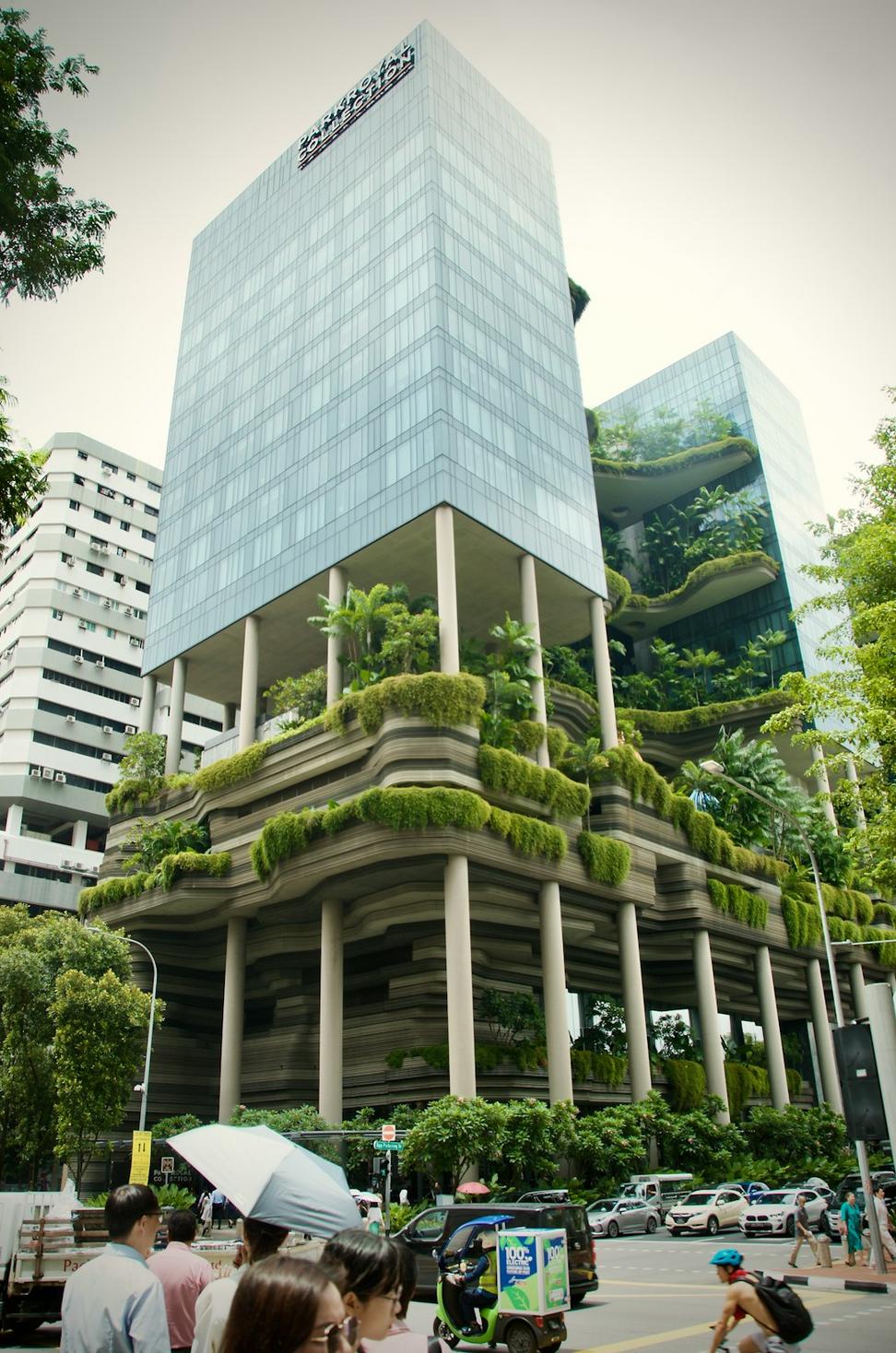
Our Sustainability Commitment
It's not just about building green - it's about building smart, building responsibly, and honestly giving a damn about what we leave behind.
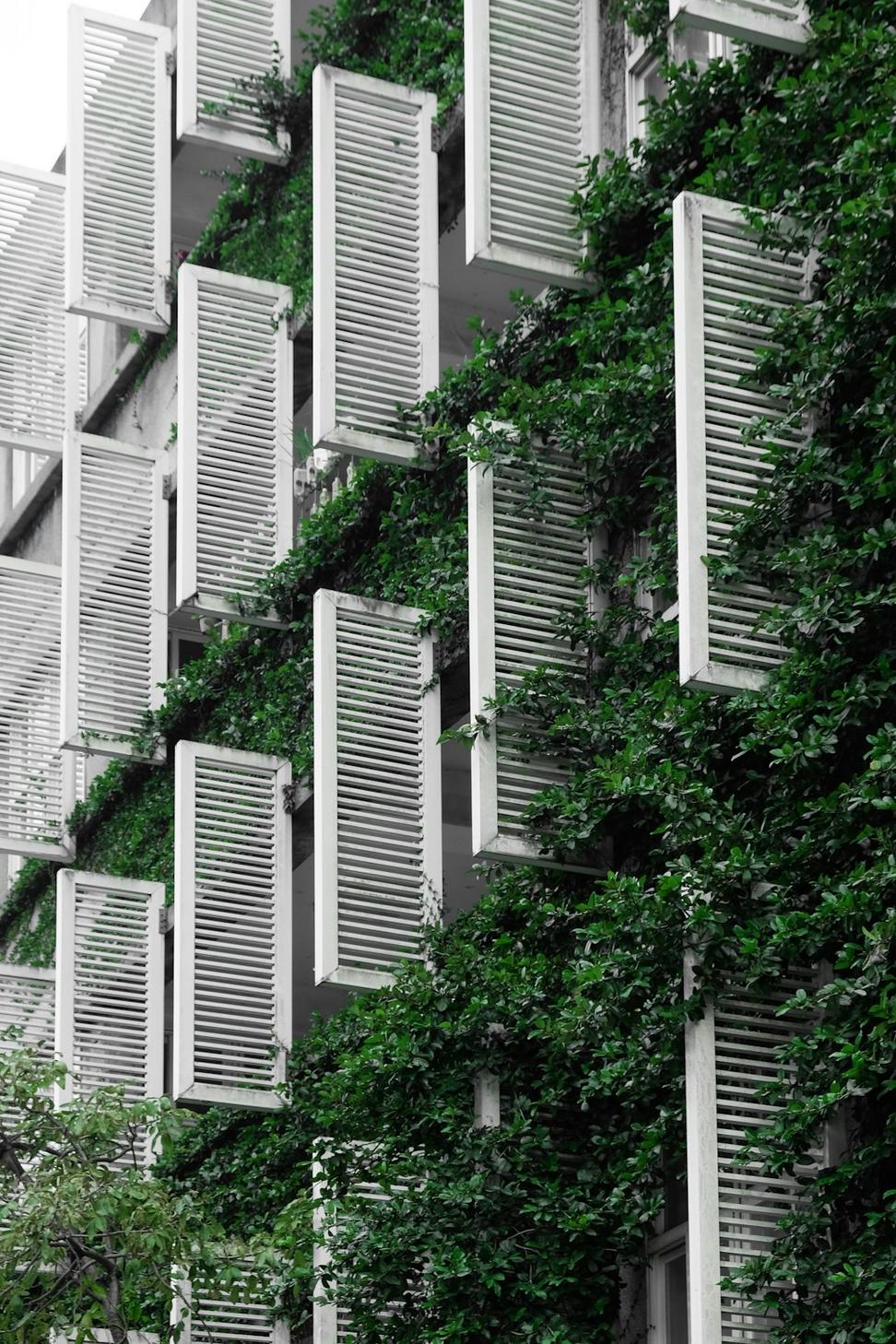
Look, I've been doing this for over 15 years now, and I've seen the industry shift from treating "green building" as some luxury add-on to realizing it's basically non-negotiable if you want your work to matter long-term.
When we restored that old warehouse on King Street back in 2019, we could've gutted it and started fresh. Would've been easier, honestly. But there's something about preserving what's already there - the embodied energy, the craftsmanship, the story - that just makes sense both environmentally and culturally.
Every project we take on now, we're asking ourselves: How's this gonna perform in 50 years? What's the real carbon footprint here? Can we source materials locally? Are we making Toronto better or just... making more stuff?
"Sustainable design isn't about following a checklist - it's about understanding that every decision, from window placement to material selection, has ripple effects we're responsible for."
We've got LEED AP pros on the team who've worked on Gold and Platinum projects across Ontario. Yeah, the paperwork's intense, but the results speak for themselves.
This one's serious business - airtightness, thermal bridging, ventilation systems. It's like building a thermos that people actually want to live in.
People forget that sustainability isn't just environmental - it's about creating spaces where humans actually thrive, not just survive.
We're not big on fluff, so here's what we've actually accomplished over the past 5 years:
kg CO2 emissions avoided through material choices and energy systems
Average energy reduction vs. conventional building code minimums
Construction waste diverted from landfills through reuse and recycling
Heritage buildings saved and retrofitted instead of demolished
Toronto's got this weird microclimate thing going on - lake effect, urban heat islands, the whole deal. We map sun paths, wind patterns, and thermal conditions before we even sketch anything. Sounds basic, but you'd be surprised how many folks skip this.
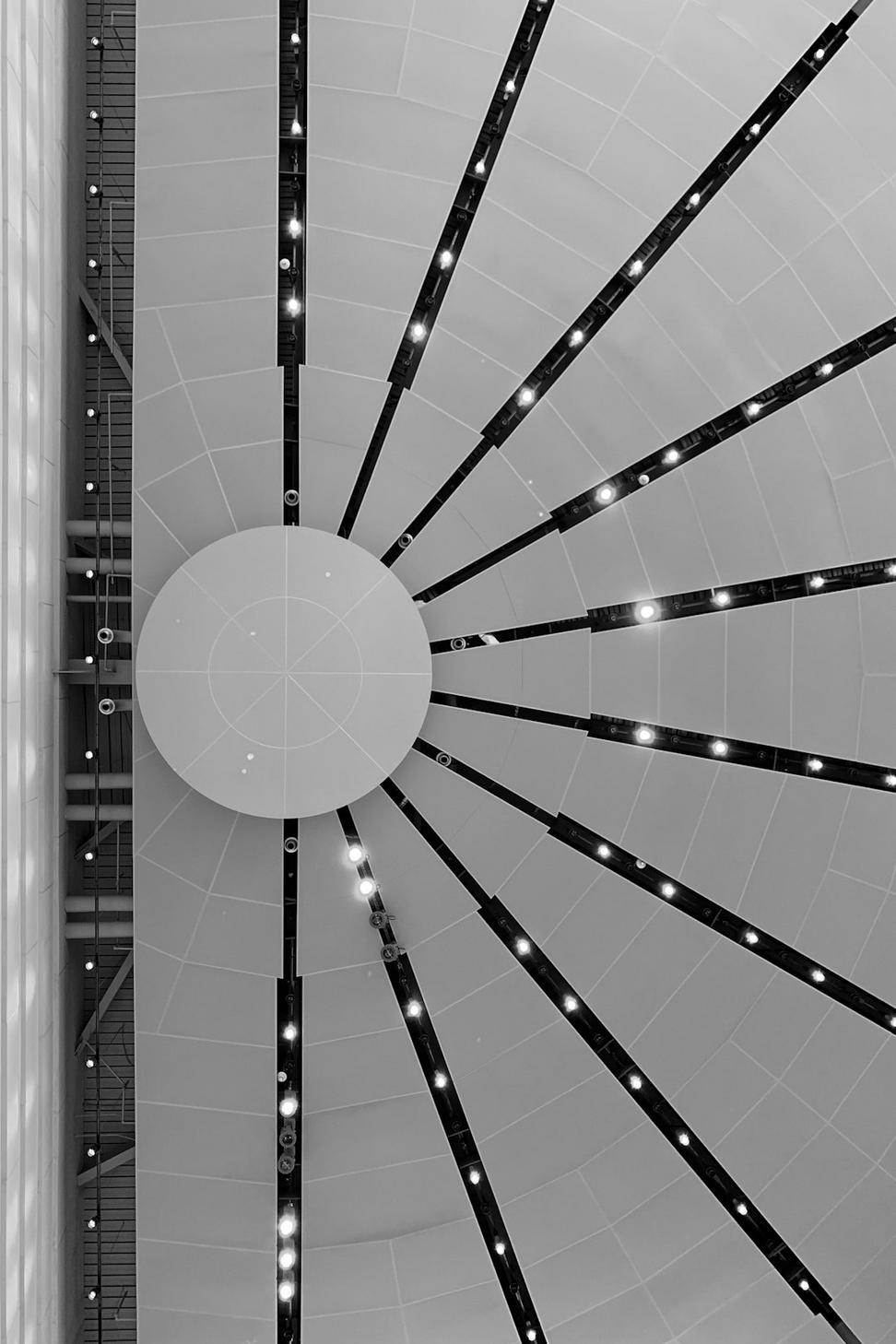
We're kinda obsessed with knowing where stuff comes from. Locally-sourced timber, reclaimed brick from demolished buildings, low-VOC finishes - it all matters. Plus, working with Ontario suppliers just makes the logistics easier and keeps money in the community.
There's this incredible amount of embodied energy in existing structures. When we can retrofit and restore instead of demolish, we do it. That King West warehouse I mentioned? Saved about 1,200 tonnes of CO2 just by keeping the shell and structure.
We run thermal simulations early and often. It's not just about meeting code - it's about understanding how the building's gonna perform year-round. We've caught so many issues in the modeling phase that would've been nightmares post-construction.
Rainwater harvesting, greywater systems, permeable surfaces - Toronto's storm sewer system is already maxed out, so we're designing buildings that actually help with that instead of making it worse.
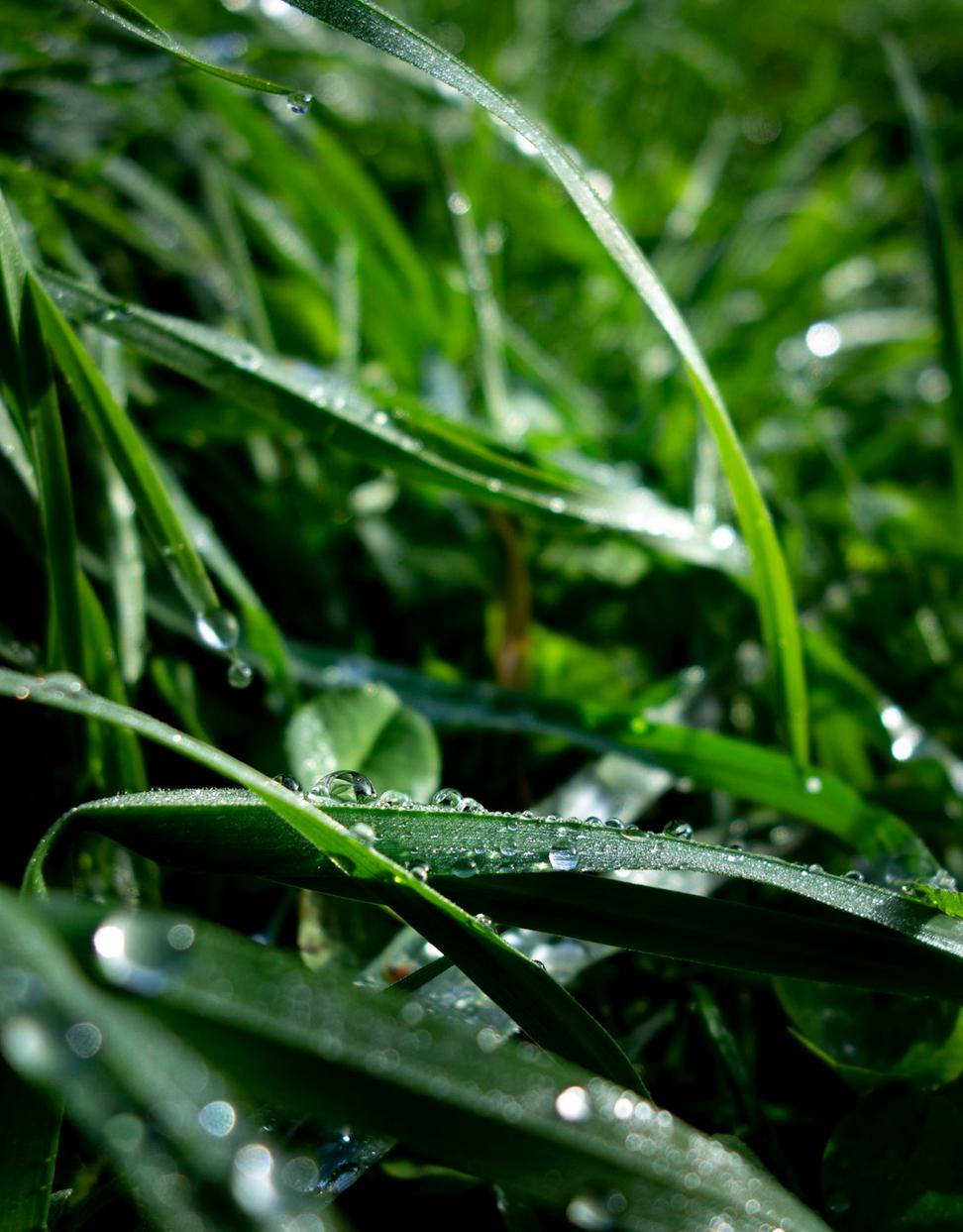
Buildings need to adapt over time. We're designing for disassembly, space flexibility, and system upgrades. What works today might need tweaking in 20 years, and we're planning for that from day one.
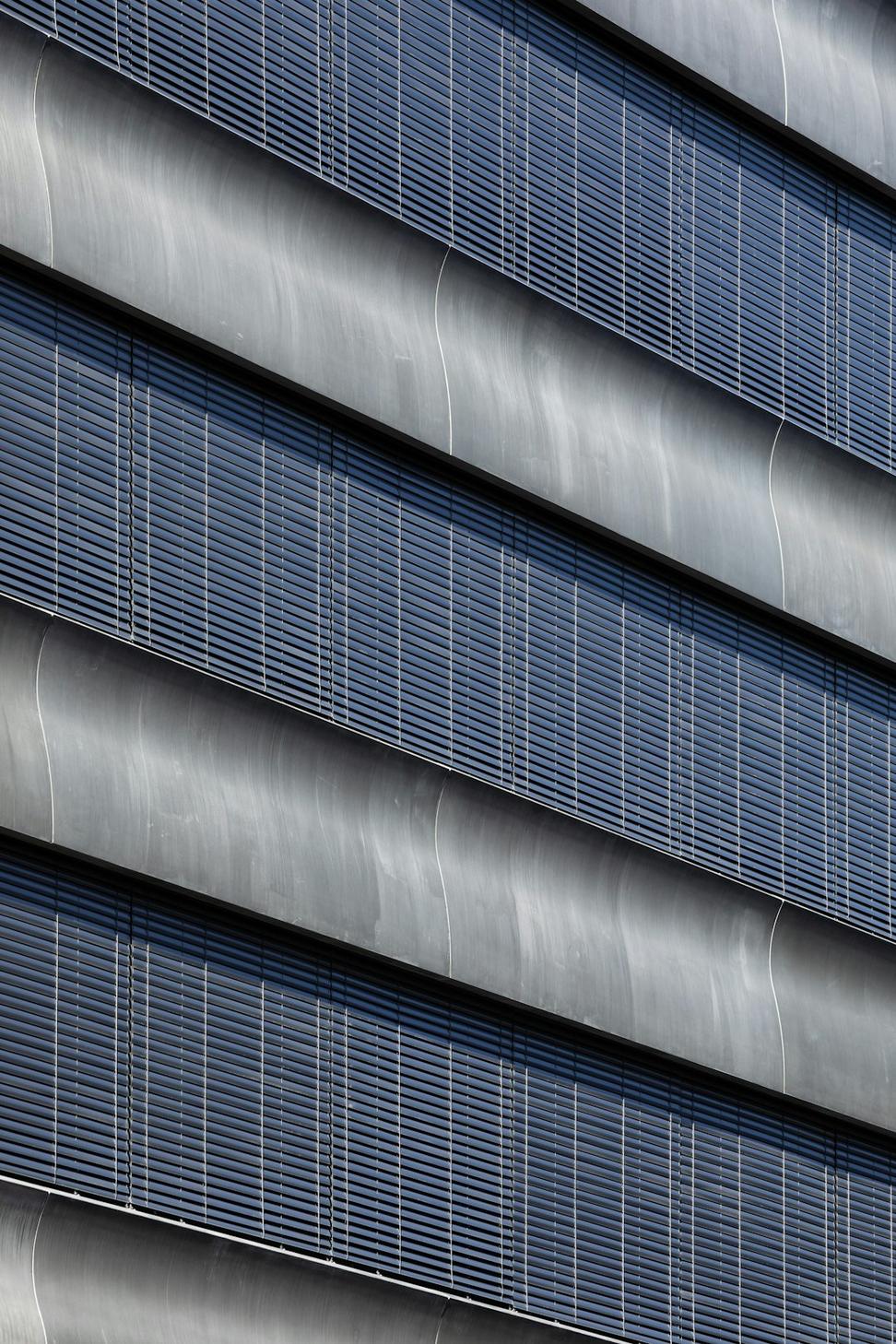
Sustainable architecture's constantly evolving, and we're trying to stay ahead of the curve without jumping on every trend that comes along. Here's what's actually proving useful:
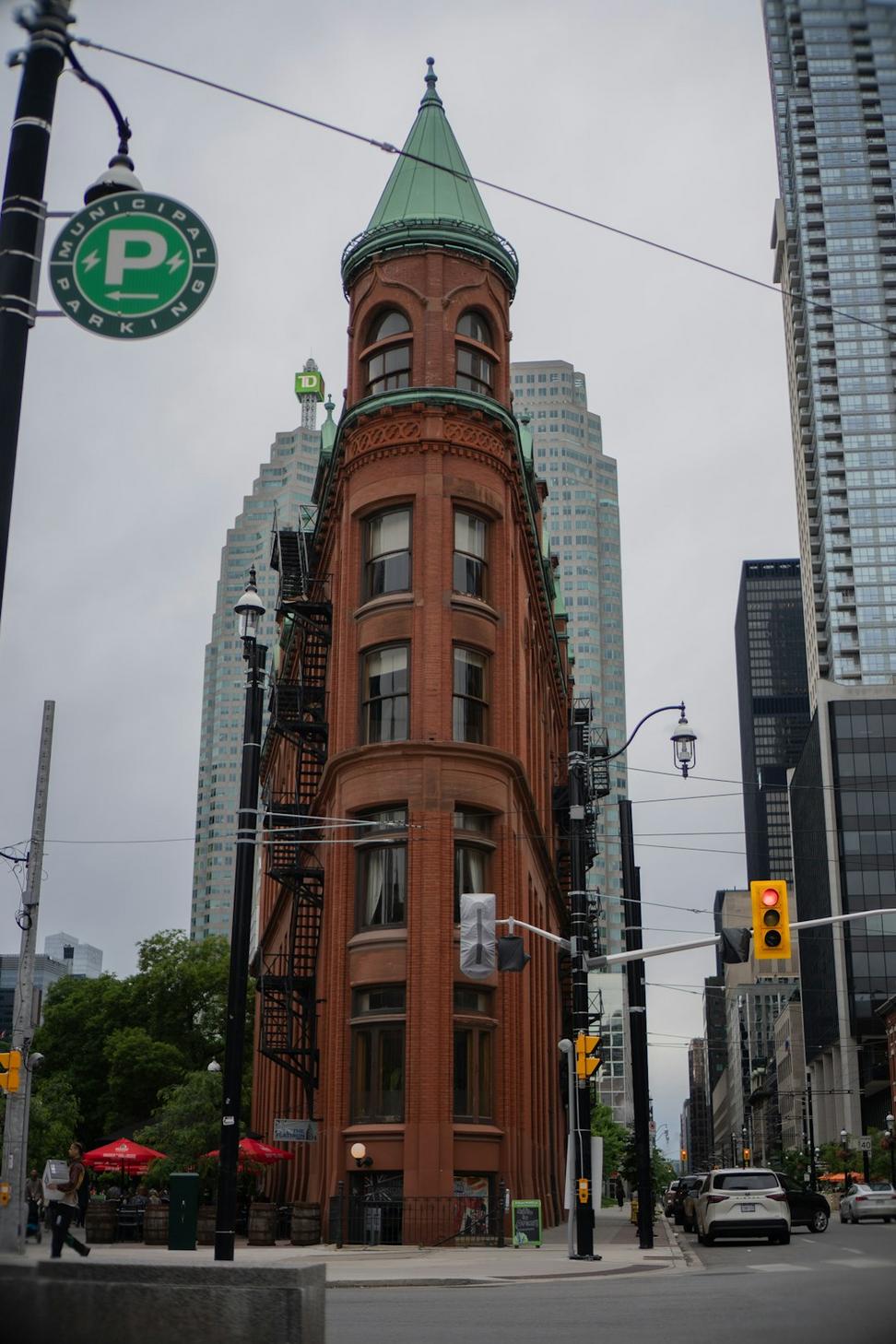
This 1920s industrial building was slated for demolition back in 2018. We convinced the developer there was a better way.
"This project proved you don't have to choose between heritage preservation and environmental performance - you can have both if you're willing to think creatively." - XQ
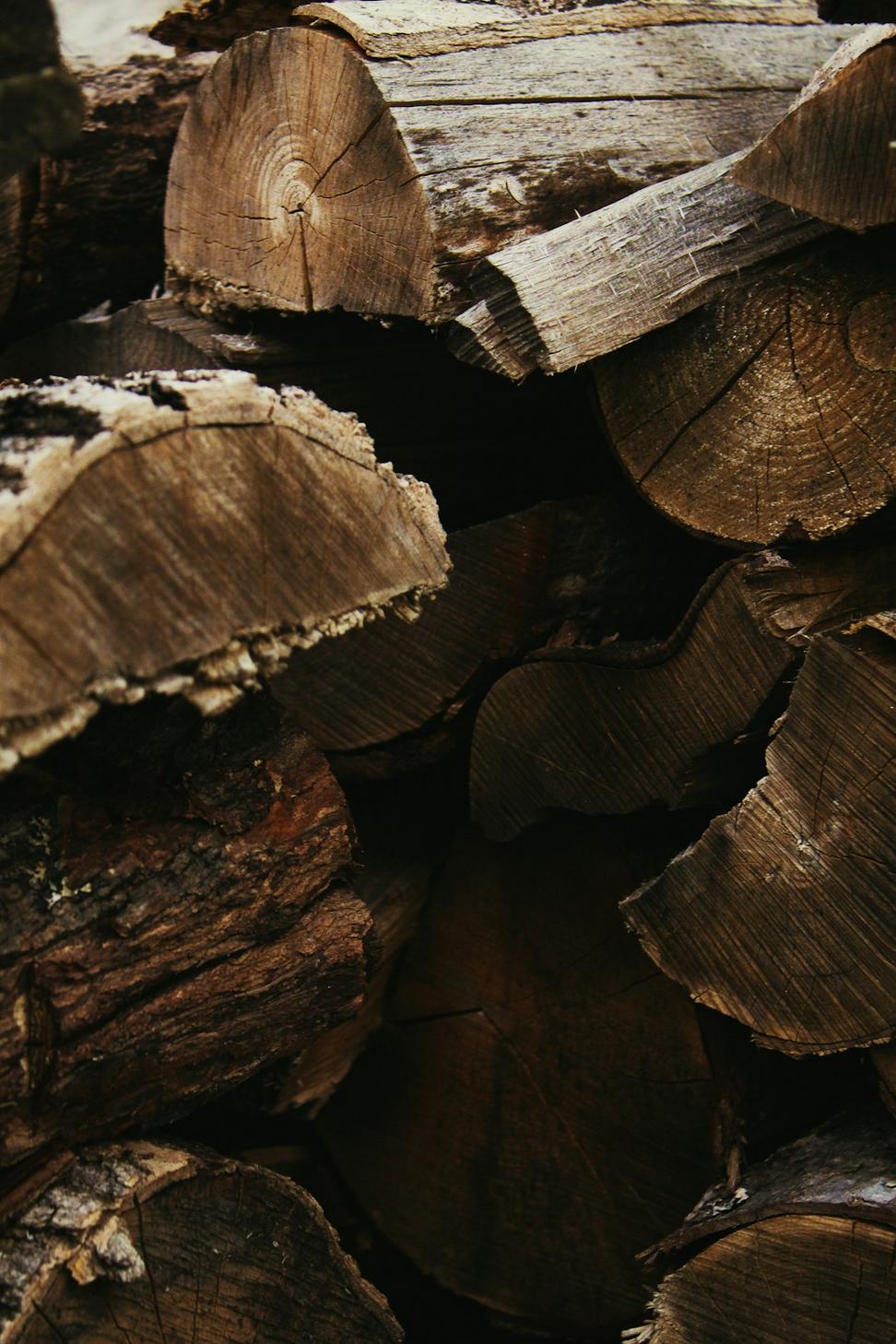
Salvaged wood from demolished structures or certified sustainable forests. The character's better and the carbon footprint's way lower than new-growth lumber.
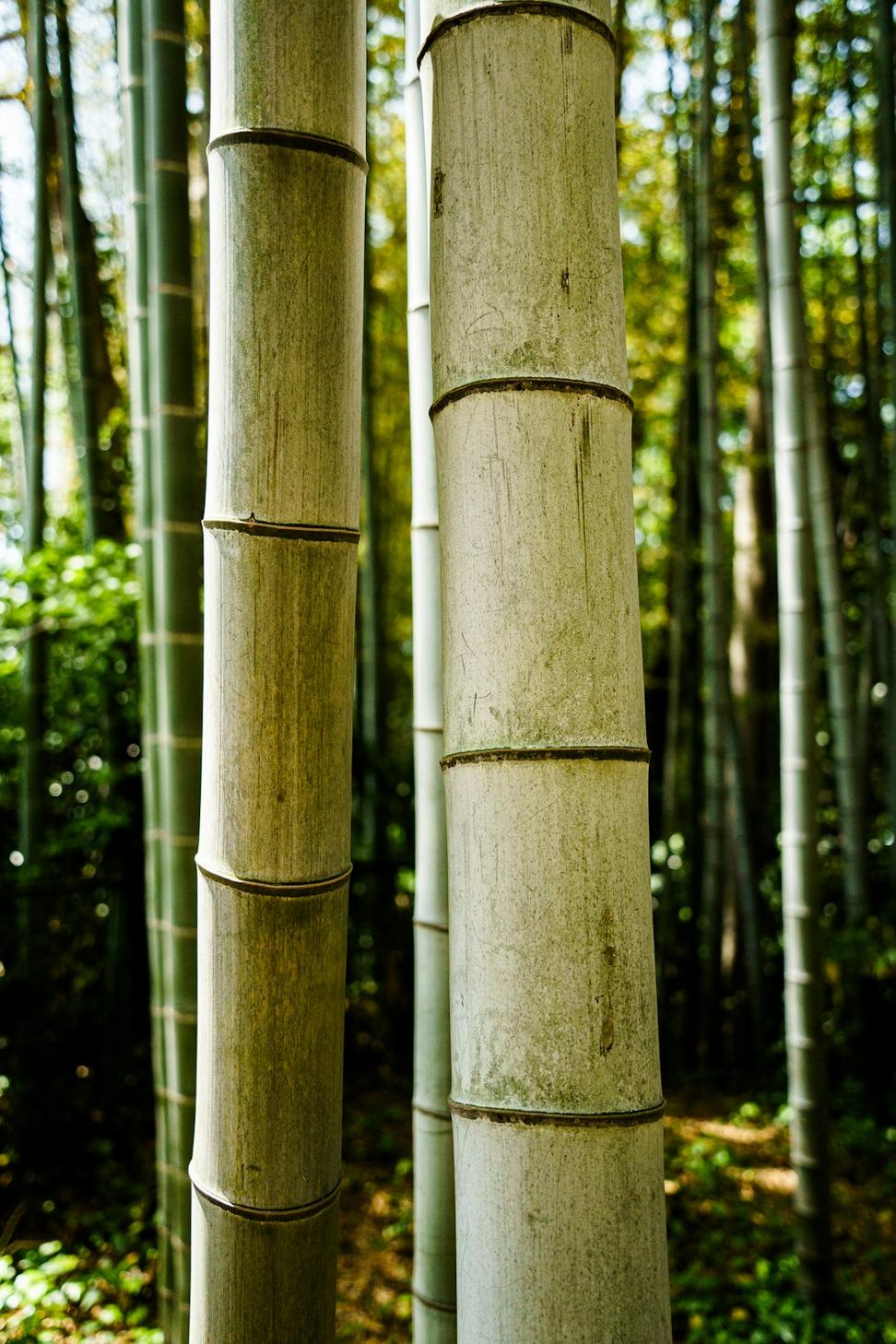
Bamboo, cork, linoleum - stuff that regenerates fast and doesn't require clearcutting old-growth forests. Performance is solid too, especially for flooring.
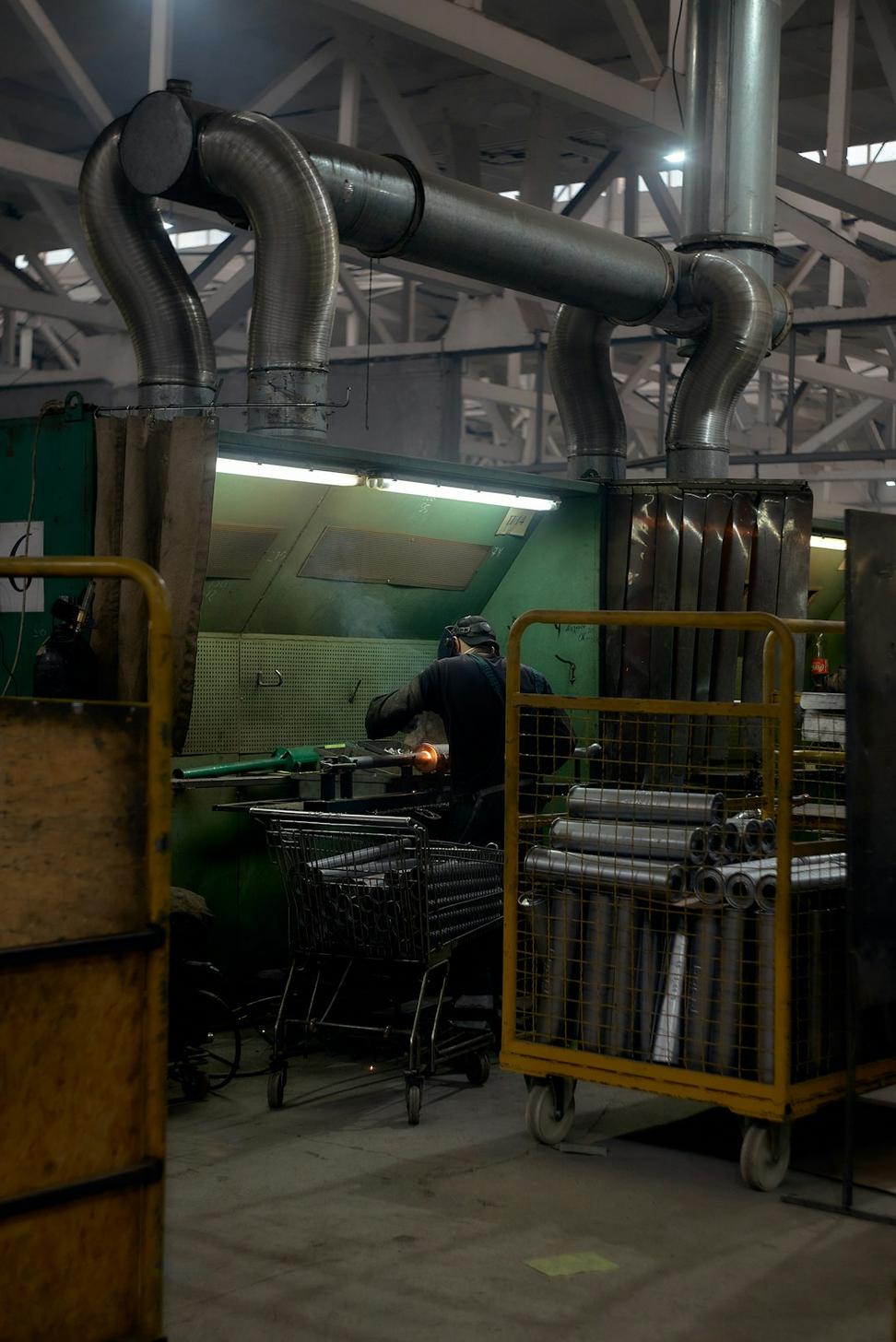
Steel's infinitely recyclable, and the recycled stuff performs identically to virgin material. We're specifying minimum 80% recycled content on structural steel.
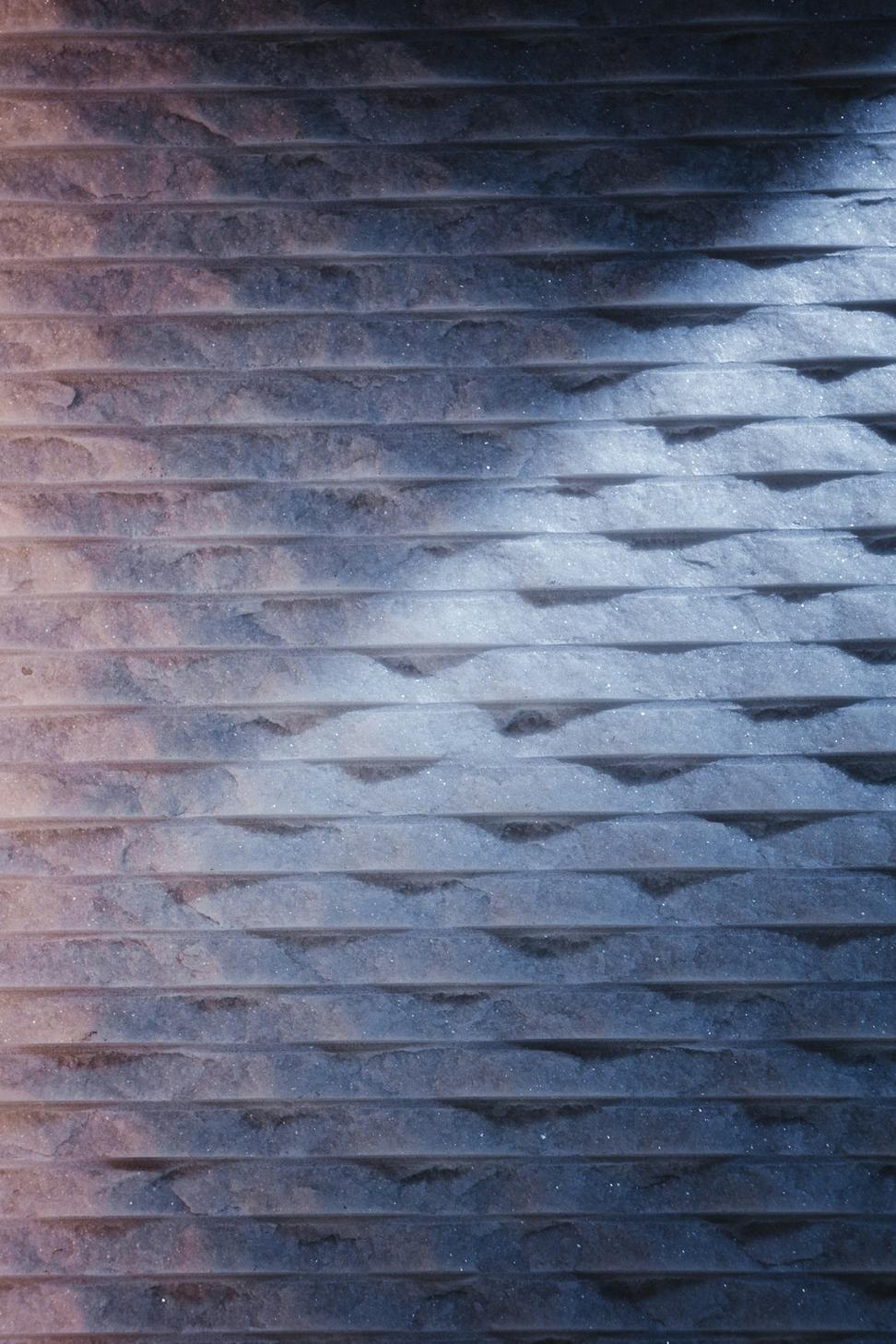
Cellulose, sheep's wool, mineral wool - alternatives to foam insulation that don't off-gas and have way better environmental profiles. Thermal performance is comparable.
✓ Locally sourced within 800km when possible
✓ Low embodied carbon and energy
✓ Recycled content minimum 30%
✓ Rapidly renewable or salvaged
✓ Low or zero VOC emissions
✓ Durable with long service life
✓ Recyclable or biodegradable at end-of-life
✓ Transparent supply chain documentation
Sustainable architecture sounds great on paper, but it's not always straightforward. Here's some honest talk about what we're dealing with:
Yeah, sustainable features usually cost more initially. We're getting better at showing clients the lifecycle cost benefits, but that first number can still be a shock. Solar panels, high-performance windows, advanced HVAC - it adds up. But we're also getting creative with phasing and prioritizing what'll have the biggest impact.
Building codes are slow to catch up with sustainable tech. We've had to fight with inspectors over greywater systems, composting toilets, natural ventilation strategies - stuff that's proven elsewhere but considered "unconventional" here. It's frustrating but we're making progress.
This one keeps me up at night sometimes. How do you dramatically improve a heritage building's energy performance without compromising its character? Triple-glazing those original windows changes their appearance. Adding insulation affects the breathability of old walls. We're finding solutions but it's a constant balancing act.